Mouse “embryoids” can now be grown from stem cells - The Economist
8/31/22 at 9:50pm

They have incipient brains, hearts and guts
Viewed by
You are the first to view
Chaotic Crust Contains Clues To Mars’ Watery Past - Astrobiology News
8/31/22 at 9:50pm
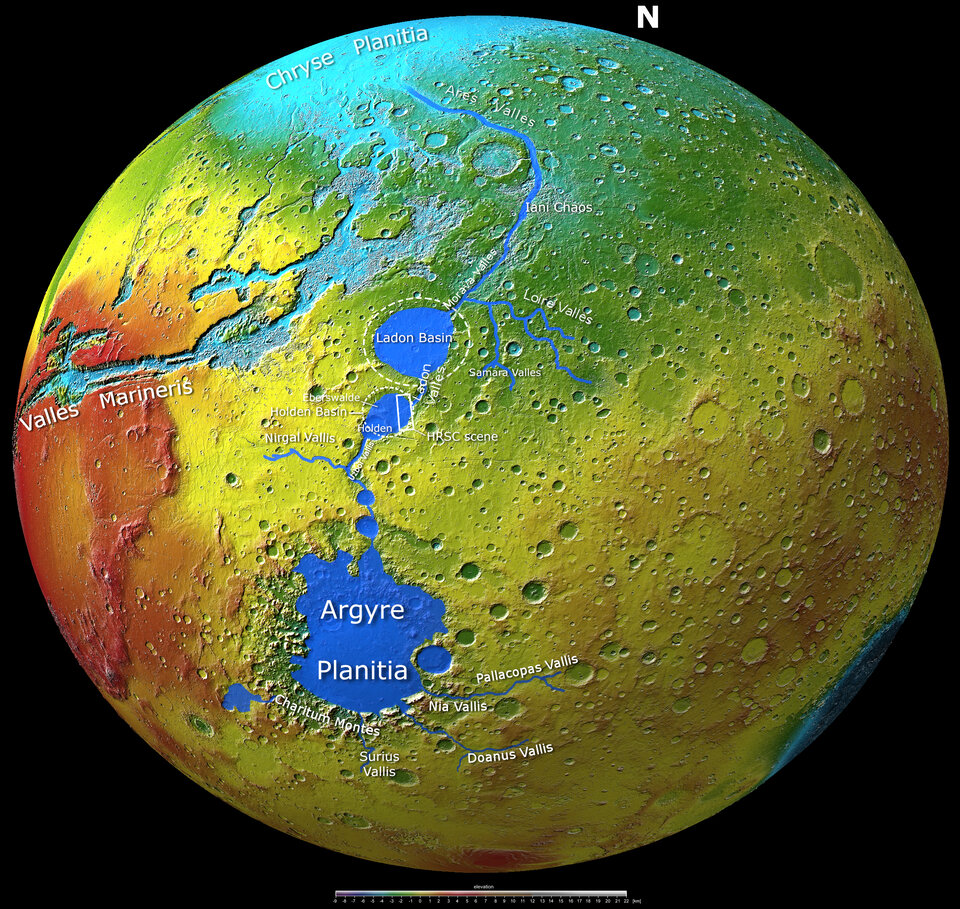
The Holden Basin* is part of a series of channels and sinks called the Uzboi-Ladon-Morava (ULM) outflow system that may have once drained up to 9% of the martian surface.
Viewed by
You are the first to view
Enhanced ocean oxygenation during Cenozoic warm periods - Nature.com
8/31/22 at 9:50pm

By using foraminifera-bound nitrogen isotopes, it is shown that, during two warm periods of the Cenozoic, oxygen-deficient zones contracted rather than expanded, suggesting that global warming may not necessarily lead to increased oceanic anoxia.
Viewed by
You are the first to view
Intralayer charge-transfer moiré excitons in van der Waals superlattices - Nature.com
8/31/22 at 9:50pm
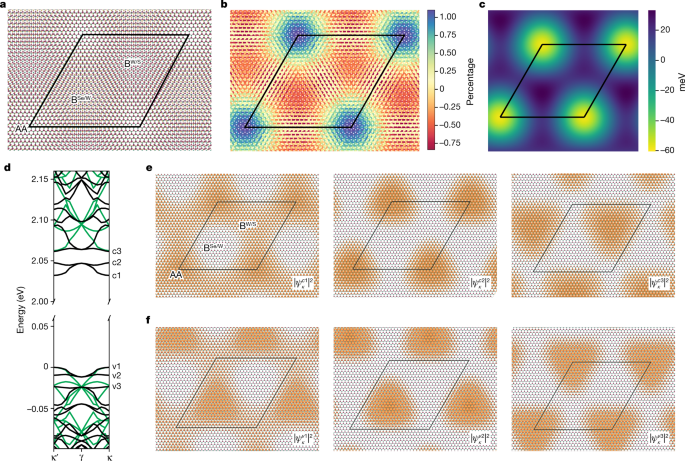
By combining large-scale first-principles GW-BSE calculations and micro-reflection spectroscopy, the nature of the exciton resonances in WSe2/WS2 moiré superlattices is identified, highlighting non-trivial exciton states and suggesting new ways of tuning many…
Viewed by
You are the first to view

NASA launched the Voyager 1 and 2 space probes in 1977 to explore the outer solar system, and 45 years later, both are still (partially) functional. Voyager 1, which is over 14 billion miles from Earth, just got a software update.
Viewed by
You are the first to view
An atlas of plant poly(A) tail length reveals phased peaks and tissue-specific patterns - Nature.com
8/31/22 at 9:50pm
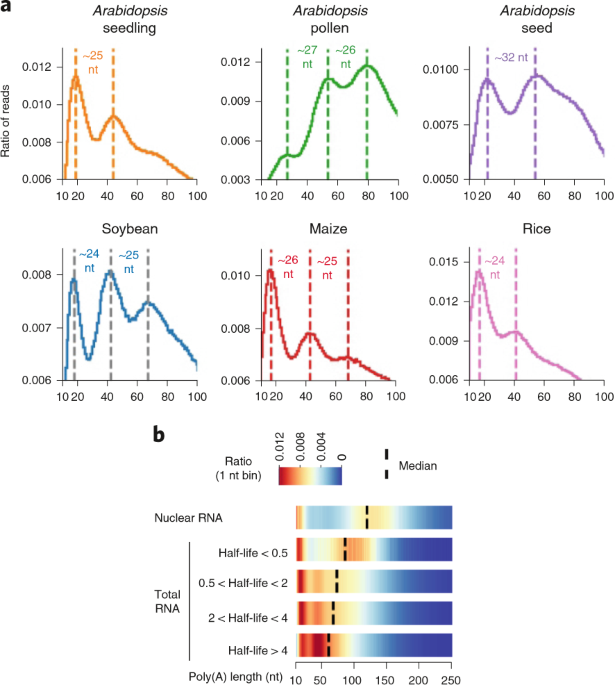
We applied single-molecule nanopore sequencing to over 120 million full-length RNAs, including the poly(A) tail, from various tissues and plant species. The resulting dataset enables the genome-wide characterization of plant poly(A) tails at the single gene l…
Viewed by
You are the first to view
Earliest photo of Jupiter vs Image from Hubble vs latest capture by James Webb Space Telescope - Times Now
8/31/22 at 9:50pm
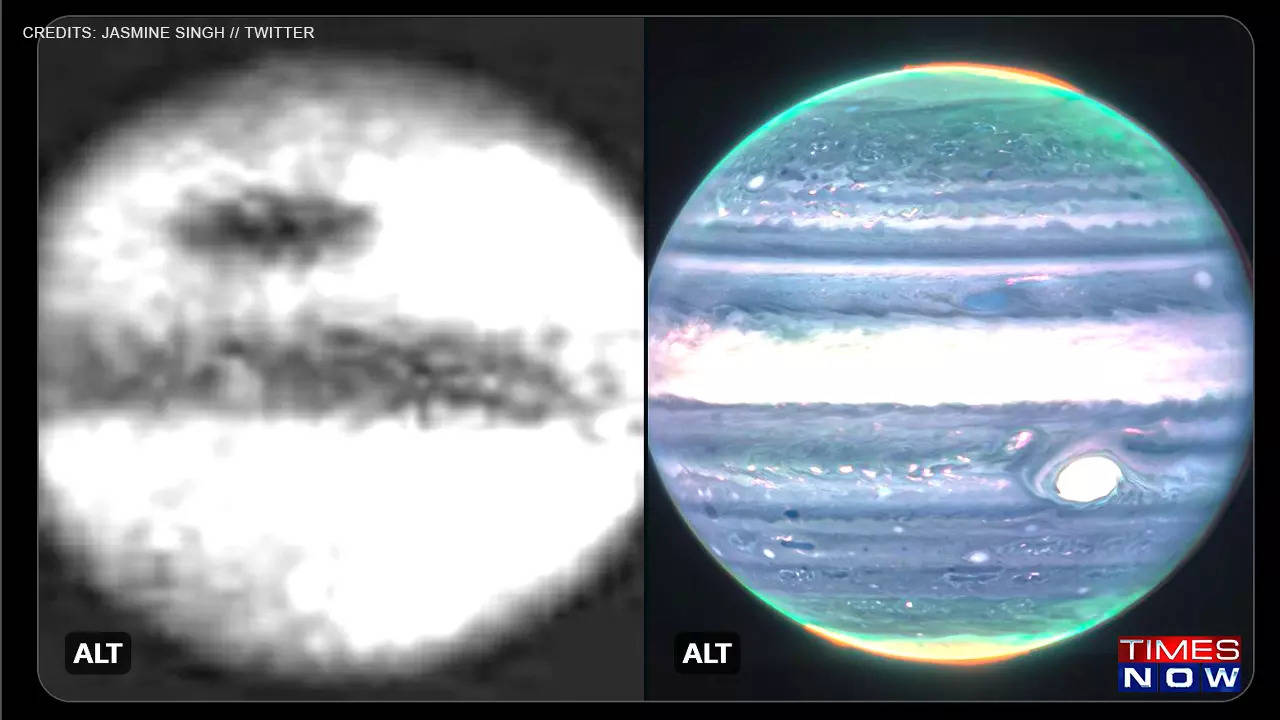
The earliest photo of Jupiter was taken in 1879, 143 years later we have the state-of-the-art James Webb Space Telescope capturing the giant planet with its IR cam. Let us have a look at the pictures.
Viewed by
You are the first to view

DUE to the failure to troubleshoot an engine problem, the National Aeronautics and Space Administration's (NASA) Space Launch System (SLS) rocket carrying the Orion capsule...
Viewed by
You are the first to view
Scientists search for “messengers from space” using a high-tech balloon - BollyInside
8/31/22 at 9:50pm

Also known as EUSO-SPB2, the project called the Extreme Space Balloon Observatory will search for messengers from outer space. It’s a small, high-energy
Viewed by
You are the first to view
Push, pull or swirl: the many movements of cilia - The Source - Washington University in St. Louis - Washington University in St. Louis
8/31/22 at 9:50pm

Louis Woodhams and Phil Bayly’s team at the McKelvey School of Engineering built a model to better understand how certain cilia -- tiny, hairlike structures throughout our body -- beat.
Viewed by
You are the first to view
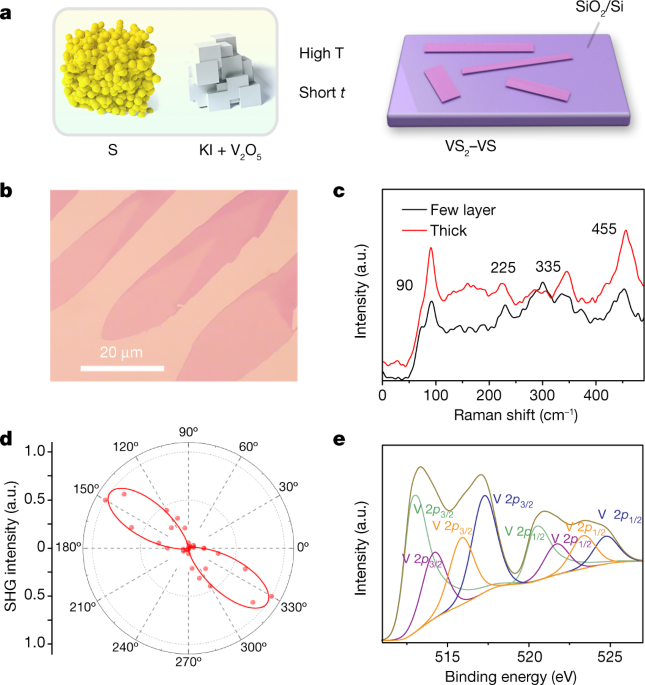
A heterodimensional superlattice consisting of an alternating array of a two-dimensional material and a one-dimensional material shows unconventional octahedral stacking and an unexpected room-temperature anomalous Hall effect.
Viewed by
You are the first to view
Africa’s oldest dinosaurs reveal early suppression of dinosaur distribution - Nature.com
8/31/22 at 9:50pm
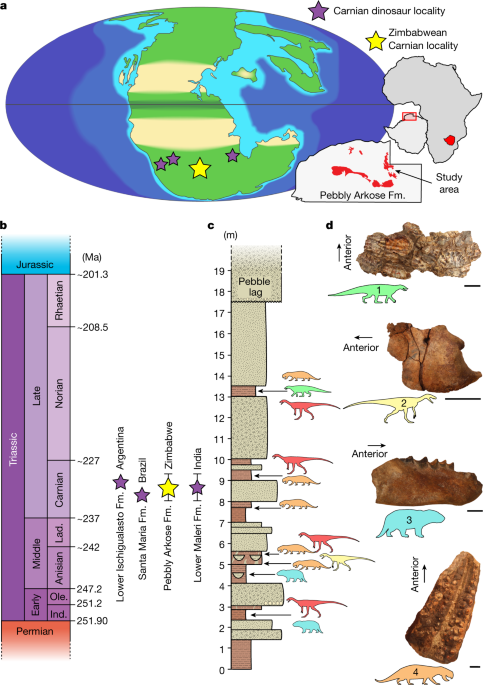
A new Triassic dinosaur assemblage from Zimbabwe reveals that the earliest dinosaurs were confined to a temperate region in the far south of Pangaea.
Viewed by
You are the first to view
The Voyager Mission: A 45th Anniversary… - The Planetary Society
8/31/22 at 9:50pm
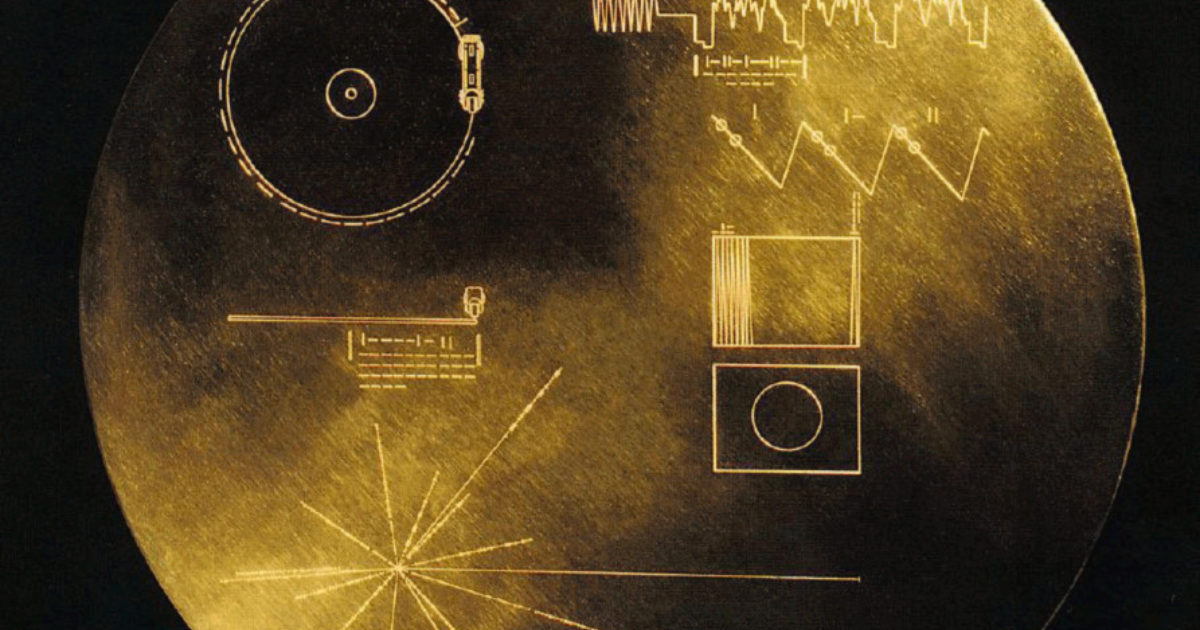
It’s a party for Voyager and the team of scientists, engineers and others who have followed it across our Solar System. Then we’ll visit with Ann Druyan, creative director for the Voyager Golden Record.
Viewed by
You are the first to view
James Webb Telescope has already started changing models and baffling scientists - Interesting Engineering
8/31/22 at 9:50pm
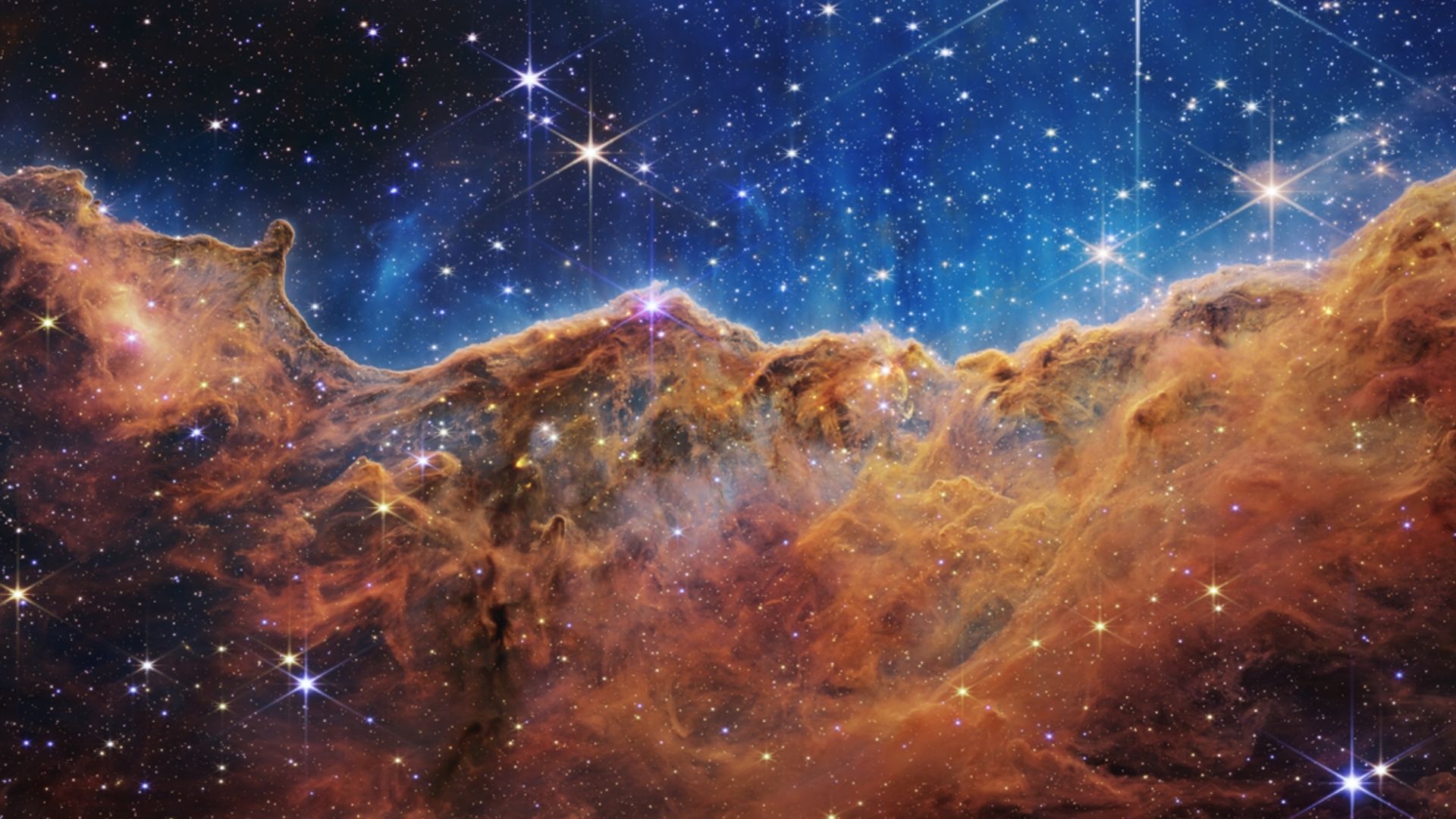
The James Webb Space Telescope's images are making astronomers questions what they thought they knew about distant, early galaxies.
Viewed by
You are the first to view
230 million-year-old fossils from Zimbabwe reveal the secret origin of dinosaurs in Pangaea - Interesting Engineering
8/31/22 at 9:50pm

A new study from Yale University highlights the role of different climate zones in the origin and distribution of early dinosaurs throughout Pangaea.
Viewed by
You are the first to view

The atomic nucleus is a busy place. Its constituent protons and neutrons occasionally collide, and briefly fly apart with high momentum before snapping back together like the two ends of a stretched rubber band. Using a new technique, physicists studying thes…
Viewed by
You are the first to view
The first and the latest Jupiter image show how far astronomy has come - DIYphotography
8/31/22 at 9:50pm

Comparing James Webb Telescope’s photos to those taken with Hubble already shows how much astronomy has progressed over the last century and a half. And not just astronomy, but photography and technology as well. Now imagine comparing the first ever and the m…
Viewed by
You are the first to view
Particle Physics Surprise: Nucleons Pick Pair Partners Differently in Small Nuclei - SciTechDaily
8/31/22 at 9:50pm

When odds are equal, particles paired up with others of the same kind more often than once thought. The protons and neutrons, which make up the atom's nucleus, frequently pair up. Now, a new high-precision experiment has found that these particles may pick di…
Viewed by
You are the first to view
UAE's Hope Mars mission discovers patchy new aurora variety over Red Planet - Space.com
8/31/22 at 9:50pm
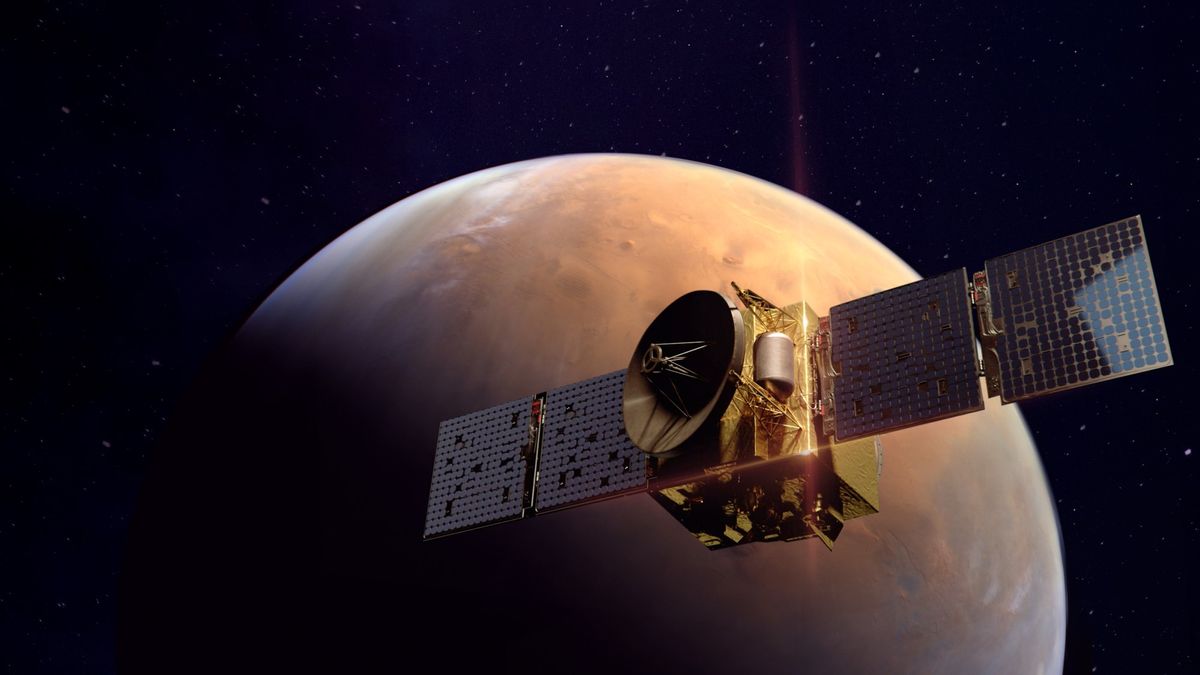
The new results come from a partnership with NASA's MAVEN mission.
Viewed by
You are the first to view

Meet Mbiresaurus raathi, a 230 million-year-old dinosaur whose neighbors lived in Brazil.
Viewed by
You are the first to view
New detergents for drug research - Phys.org
8/31/22 at 9:50pm

Researchers at TU Dortmund University and Freie Universität Berlin have developed a process for producing new detergents for drug research. The purpose of the new detergents is to separate sensitive proteins from biomembranes so that they can be studied in de…
Viewed by
You are the first to view
A new discovery shows major flowering plants are 150 million years older than previously thought - Phys.org
8/31/22 at 9:50pm

A major group of flowering plants that are still around today, emerged 150 million years earlier than previously thought, according to a new study published today in Trends in Plant Science. This means flowering plants were around some 50 million years before…
Viewed by
You are the first to view
Three-dimensional point clouds provide insight into the structural complexity of forests - Phys.org
8/31/22 at 9:50pm

Structurally complex forests add to biodiversity, increase forest carbon stocks, and help the forest to adapt to climate change. Forest structure refers to the three-dimensional distribution of trees in a given space, and it is affected by genetic factors of …
Viewed by
You are the first to view
James Webb Telescope Captures Phantom Galaxy's Heart - India Today
8/31/22 at 9:50pm

James Webb telescope shared another galaxy's image. The image is of Phantom Galaxy. The galaxy is in face off earth, the image by webbb telescope has managed...
Viewed by
You are the first to view
Using magnetic and electric fields to emulate black hole and stellar accretion disks - Phys.org
8/31/22 at 9:50pm

A team of researchers at the Sorbonne University of Paris reports a new way to emulate black hole and stellar accretion disks. In their paper published in the journal Physical Review Letters, the group describes using magnetic and electric fields to create a …
Viewed by
You are the first to view